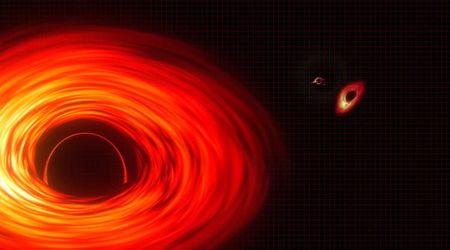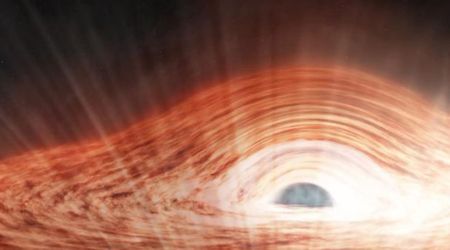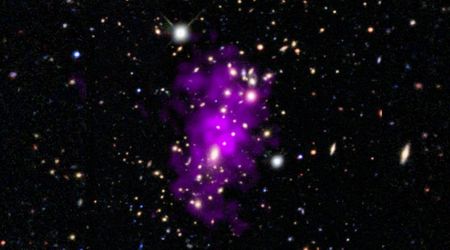Soviet Spacecraft failed to land on Venus and is plummeting back to Earth after 53 years

The Soviet-era spacecraft, intended to land on Venus more than 590 years ago, will now plunge back to Earth in an uncontrolled reentry. According to debris-tracking experts, it was difficult to know where the mass would land or even if it would survive the reentry, according to CBS News. Dutch scientist Marco Langbroek, a lecturer at Delft University of Technology in the Netherlands, predicted that the failed spacecraft would reenter around May 10 at a speed of 150 mph — that is, if the heavy piece of metal remained in one piece.

"While not without risk, we should not be too worried," Langbroek stated. Considering the orbit, it is expected that the landing site might be between latitudes 52 degrees north and 52 degrees south, per SatTrackCam Leiden Blog. It included the United States, South America, Africa, Australia, and most of Europe and Asia south of the Arctic Circle. Though not a very accurate assumption, it shows that vast regions are covered in water, making the crash unlikely to impact humans. The event can be compared to a random meteorite fall that happens every year. In fact, research by the University of Manchester and Imperial College shows that while we may not notice it, 17,000 meteorites fall to the Earth every year.

Experts were interested to learn about the spacecraft’s reentry, as it was built to tolerate the heat of diving into the thick and clouded Venus atmosphere. The Venus lander mass weighed 495 kilograms and was equipped with intense thermal protection, according to Space.com. The Soviet Union’s Kosmos 482 was launched in late March 1972. Langbroek and colleague Dominic Dirkx created a reentry model for Kosmos 482 in TUDAT, the TU Delft Astrodynamics Toolbox. The Venus probe had a parachute for the upper atmosphere dive, but it is unlikely to work now.

The model expected an end velocity of around 145 miles per hour, with ground and ocean impact. "The risks involved are not particularly high, but not zero. With a mass of just under 500 kg and a 1-meter size, risks are similar to those of a meteorite impact," Langbroek remarked. Most of the spacecraft had returned to Earth within a decade of their launch, but the landing capsule was caught in orbit. This spherical object, approximately 3 feet in diameter, circled in an elliptical orbit for 53 years as it gradually lowered its altitude, per CBS News.

The USSR launched 29 spacecraft towards Venus during the peak of the Cold War in the 1960s and 1970s. 3 flew past Venus and were caught in the Sun’s orbit, whereas 16 either orbited or landed on Venus, facing the extreme climate, as per The Conversation. 10 of them were stuck in Earth’s orbit and reentered the atmosphere in the same year, except Kosmos. The Soviet Union aimed for Venus as its harsh climate and veiled atmosphere were thought to hide life beneath it. The scientists aimed to record the reality and put their assumptions to rest.

However, this space venture was also a kind of Cold War weapon that would showcase the superiority of socialist science. The upper rocket stage, tasked with propelling the Kosmos 482 bus out of Earth's orbit, shut down earlier than it was meant to. The timer on the device was not set correctly, and the rocket stage fell back to Earth, burning up in the process. The titanium pressure vessels from its fuel system fell onto the fields in Aotearoa, New Zealand. Now, the hard and rough landing of the uncontrollable device is expected to happen by Saturday, May 10, 2025, at 03:37 UTC on Saturday, or 10:37 p.m. ET.









